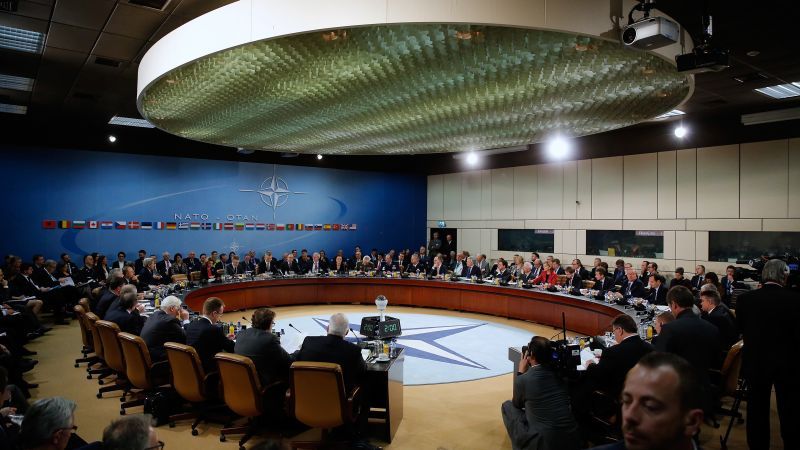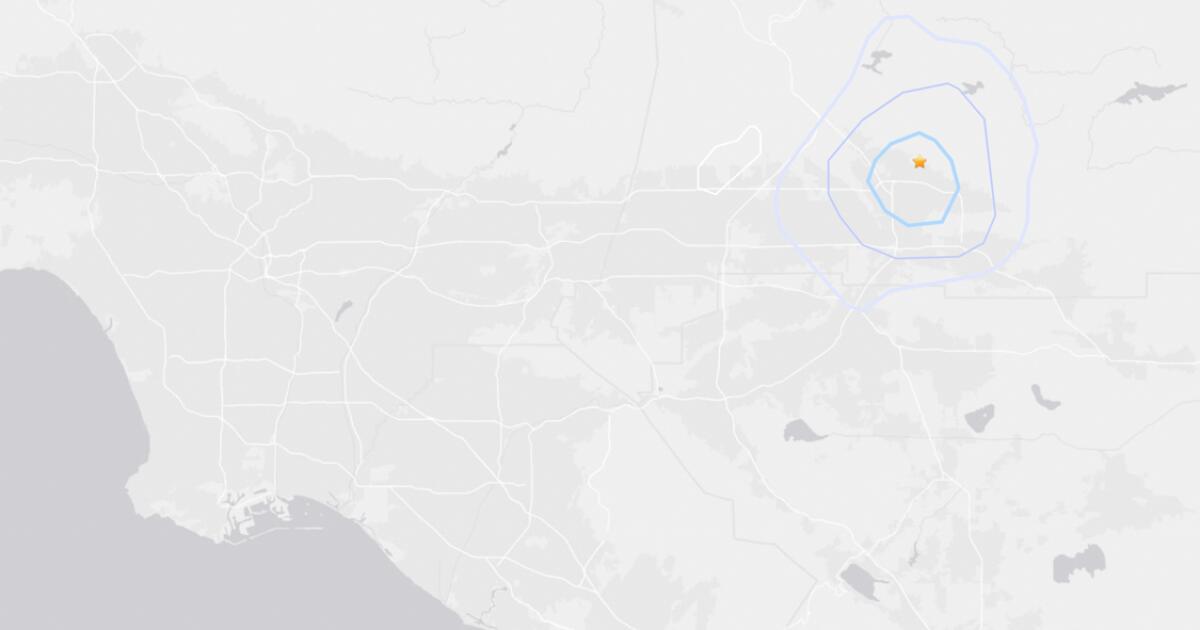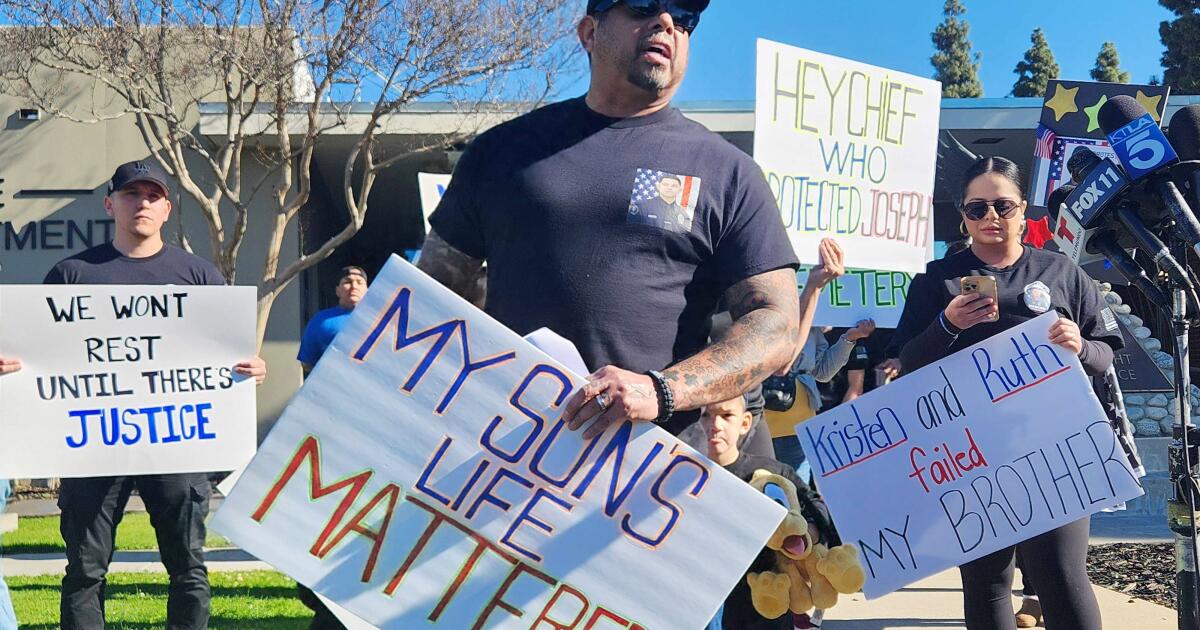cnn
—
Here's a look at the North Atlantic Treaty Organization (NATO), headquartered in Brussels, Belgium.
The organization's statutes state that the signatory parties “shall seek to promote stability and well-being in the North Atlantic area” and “unite their efforts for the collective defense and preservation of peace and security.”
April 4, 1949 – NATO is established.
2014-present- The current Secretary General is Jens Stoltenberg, former Prime Minister of Norway. On March 24, 2022, Stoltenberg's term was extended by one year due to the Russian invasion of Ukraine.
March 21, 2023 – The annual report of the secretary general is published.
Albania (2009)
Belgium (1949)
Bulgaria (2004)
Canada (1949)
Croatia (2009)
Czech Republic (1999)
Denmark (1949)
Estonia (2004)
Finland (2023)
France (1949)
Germany (1955, as West Germany)
Greece (1952)
Hungary (1999)
Iceland (1949)
Italy (1949)
Latvia (2004)
Lithuania (2004)
Luxembourg (1949)
Montenegro (2017)
Netherlands (1949)
North Macedonia (2020)
Norway (1949)
Poland (1999)
Portugal (1949)
Romania (2004)
Slovakia (2004)
Slovenia (2004)
Spain (1982)
Türkiye (1952)
United Kingdom (1949)
United States (1949)
April 4, 1949 – The 12 nations of Belgium, Canada, Denmark, France, Iceland, Italy, Luxembourg, Netherlands, Norway, Portugal, the United Kingdom and the United States sign the North Atlantic Treaty in Washington, DC.
July 25, 1950 – First meeting of deputies of the NATO Council in London. American Ambassador Charles M. Spofford is elected permanent president.
December 19, 1950 – US General Dwight Eisenhower is named the first Supreme Allied Commander. The position directs NATO military operations.
March 12, 1952 – Lord Ismay is appointed first secretary general of NATO and vice-president of the North Atlantic Council, which oversees NATO policy decisions.
April 16, 1952 – NATO establishes its provisional headquarters in Paris, at the Palais de Chaillot.
April 28, 1952 – First meeting of the North Atlantic Council in permanent session in Paris.
May 6, 1952 – West Germany joins NATO.
May 14, 1955 – The Soviet Union and the Eastern Bloc countries form the Warsaw Pact in response to West Germany joining NATO.
July 26, 1956 – Egypt nationalizes the Suez Canal. France and Britain use troops to intervene, against the wishes of the United States, causing a rift in NATO.
October 22-23, 1963 – NATO and the United States demonstrate the size and speed of emergency forces when they send 14,500 American troops to West Germany for maneuvers.
March 10, 1966 – France formally announces its intentions to withdraw from NATO's military structure, accusing the United States of having too much influence in the organization.
March 31, 1967 – Inauguration ceremony for the new NATO headquarters in Casteau, near Mons, Belgium.
August 14, 1974 – Greece, angered by NATO's response to the Turkish invasion of Cyprus, withdraws from NATO's military arm.
October 20, 1980 – Greece rejoins the NATO military structure.
May 30, 1982 – Spain joins NATO.
October 3, 1990 – Germany is reunified after 45 years. East Germany leaves the Warsaw Pact and joins NATO. In 1991, the The Warsaw Pact is dissolved.
December 13, 1991 – For the first time the Soviet Union participates in NATO meetings within the framework of the North Atlantic Cooperation Council.
December 21, 1991 – Eleven of the republics of the former Soviet Union create a new Commonwealth of Independent States. On December 25, the The Soviet Union is officially dissolved with the resignation of Mikhail Gorbachev as president and supreme commander-in-chief of Soviet forces.
February 28, 1994 – NATO forces shoot down four Bosnian Serb planes violating the UN-imposed no-fly zone. It is the first time that NATO uses force.
November 21, 1995 – After the Dayton Peace Accords, the war in Bosnia Herzegovina ends. In December, NATO deploys the Implementation Force (IFOR) to support the agreement.
January 13, 1996 – Russian troops are deployed to support IFOR in Bosnia.
May 22, 1997 – NATO and the Russian Federation sign a security and cooperation pact, the “Founding Act”, which establishes a NATO-Russia Permanent Joint Council (PJC).
March 24, 1999 – NATO launches airstrikes against Yugoslavia to end Serbian aggression in the Kosovo region.
September 12, 2001 – For the first time, NATO invokes Article V, the Washington Treaty, its mutual defense clause, in support of the United States after the 9/11 terrorist attacks.
May 28, 2002 – NATO and Russia form the NATO-Russia Council (NRC), which makes Russia an associate member of the organization. The NRC replaces the PJC.
November 21 and 22, 2002 – During the Prague Summit, NATO invites seven countries from the former Eastern bloc, Bulgaria, Estonia, Latvia, Lithuania, Romania, Slovakia and Slovenia, to discuss joining the organization.
December 4, 2002 – US Deputy Secretary of Defense Paul Wolfowitz speaks to NATO in Brussels and requests that member countries contribute forces to a possible campaign in Iraq.
January 22, 2003 – France and Germany block debate on war preparations presented by the United States. The American proposal included provisions for the defense of Turkey, the use of NATO equipment, and NATO's postwar role in Iraq.
February 10, 2003 – France, Germany and Belgium are blocking a US request for NATO to provide Patriot missiles, airborne warning and control system (AWACS) aircraft and other equipment to Turkey. The United States had made the request anticipating that Iraq would retaliate against Turkey in the event of war. Turkey invokes Article IV of the NATO charter, which requires the organization as a whole to discuss threats to the security of any member nation.
February 16, 2003 – NATO develops three defensive plans for Turkey in the event of a US war with Iraq:
– Deployment of NATO AWACS aircraft;
– NATO support for the deployment of anti-missile defenses in the theater of operations for Turkey;
– NATO support for the possible deployment of allied chemical and biological defenses.
March 29, 2004 – NATO expands from 19 to 26 members as seven nations – Bulgaria, Estonia, Latvia, Lithuania, Romania, Slovakia and Slovenia – join in an accession ceremony in Washington, DC. They are all former communist states in Eastern Europe.
August 10, 2004 – NATO AWACS begin patrolling Greek airspace ahead of the Olympic and Paralympic Games. NATO's presence at the Olympic Games is nicknamed the Distinguished Games and includes AWACS and the Multinational Chemical, Biological, Radiological and Nuclear Working Group.
September 14, 2006 – Ukraine announces that it is shelving its aspirations to join NATO due to opposition from the Ukrainian public and Russia.
April 2 to 4, 2008 – NATO leaders hold a summit in Bucharest, Romania. Croatia and Albania are invited to join the alliance.
June 17, 2008 – French President Nicolas Sarkozy announces that France will soon rejoin NATO's military command, 40 years after he left.
April 3 and 4, 2009 – The 23rd NATO summit also marks NATO's 60th anniversary. During the summit, France rejoins NATO military command.
November 19, 2010 – NATO adopts the Strategic Concept “Active Engagement, Modern Defense” for the next 10 years.
March 24, 2011 – NATO takes charge of enforcing a no-fly zone imposed on Libya by the United Nations.
March 29, 2011 – The Council of Europe blames NATO, among others, for the 63 deaths of African migrants who were left adrift for two weeks while trying to reach European shores from Libya.
May 19, 2012 – Protesters take to the streets of Chicago before the start of the NATO summit. Anti-NATO protests near Mayor Rahm Emanuel's home focus on the cost of the summit to the city and the city's budget cuts to mental health care.
May 20-21, 2012 – The 25th Summit is held in Chicago. During the summit, NATO accepts US President Barack Obama's timetable for ending the war in Afghanistan in 2014.
March 5, 2014 – Regarding the crisis in Ukraine, Secretary General Anders Fogh Rasmussen announces that NATO has decided to “put under review the entire range of NATO-Russia cooperation” to send “a clear message that Russia's actions have consequences.”
December 2, 2015 – NATO extends an official invitation to Montenegro to join the alliance.
February 11, 2016 – Secretary General Stoltenberg announces that NATO is deploying ships to the Aegean Sea to try to deter smugglers from smuggling migrants from Turkey to Greece.
June 5, 2017 – Montenegro officially becomes a member of NATO.
March 27, 2020 – North Macedonia officially joins NATO.
March 24, 2022 – NATO leaders issue joint statement in response to Russian invasion of Ukraine. Leaders call on President Vladimir Putin to withdraw Russian military forces and call on Belarus to end his complicity.
May 15, 2022 – Finland's government says it intends to join NATO, abandoning decades of neutrality and ignoring Russian threats of possible retaliation as the Nordic country tries to strengthen its security following the start of the war in Ukraine. Sweden's ruling party later said it would also support joining the alliance.
April 4, 2023 – Finland becomes the 31st member of NATO.












